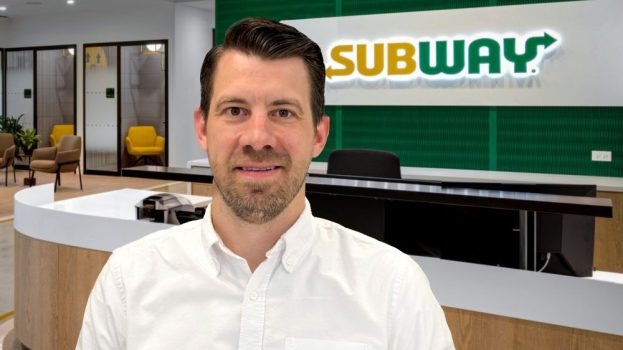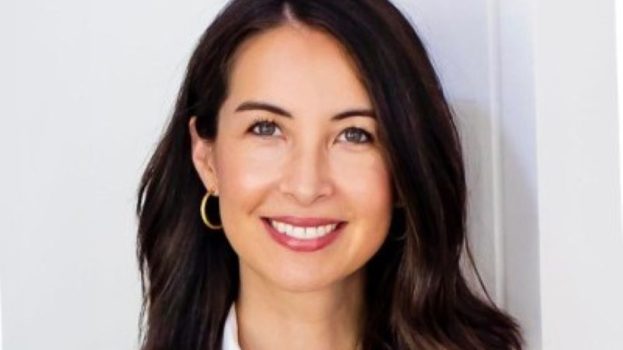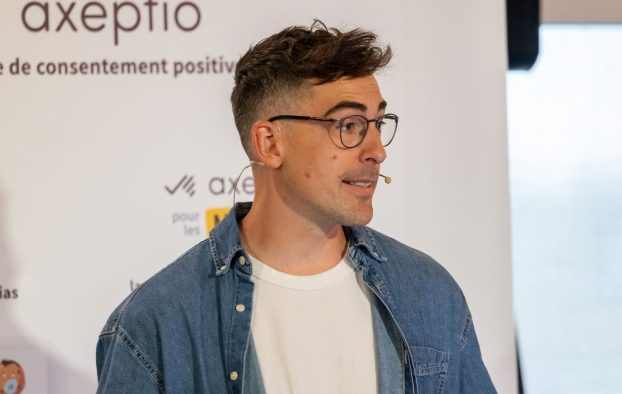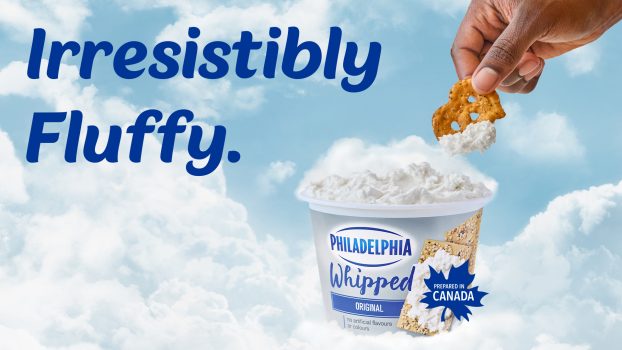A year ago this month, Sarah Kauss took one step back so that S’well could take two steps forward.
Since founding the reusable water bottle brand in 2010, Kauss has led day-to-day operations and spearheaded its global expansion and entrance into adjacent categories, with product lines like S’well Eats, S’ip by S’well and S’nack by S’well.
In February 2020, the company was coming off its first global campaign (under its first CMO, Josh Dean) when Kauss appointed Hugh Rovit as company CEO. The move freed her up to focus on brand vision, global innovation and partnerships as executive chairwoman. “A big reason I wanted to bring the CEO in is that I thought – and still do – that my benefit to the company and to the world is better suited standing on the outside of S’well looking out, versus being on the inside looking in,” she says.
At the time, an idea was percolating in her mind – though it hadn’t yet fully crystallized – for GroundS’well, the company’s new sustainability-as-a-service offering whose name plays on the “groundswell” of support for corporate sustainability.
Today, S’well sells its own line of products, while also partnering with other brands, including P&G-owned New Chapter vitamins, on a range of services including product design and messaging.
What’s the opportunity for S’well in the sustainability-as-a-service space?
Over the last 10 years, opportunities have come up either organically within our team or customers and clients – big and small – reaching out to us for help with a question or a problem, generally around sustainability. [The idea came from] the momentum over many years of talking to these companies, thinking about how we could create almost a B2B service offering within the company to leverage what we’ve done [with S’well], what we’ve learned, and to ty to do more together and faster with some of these big companies.
It’s the early days of what we’re trying to do. But because we had a number of projects – in some cases, actual products – in the pipeline for some of these bigger companies, it seemed like the right time to launch officially what we’ve been working on and doing.
What type of services do you already offer or anticipate offering in the future?
It’s going to be a little different for each company that we work with. In some cases, it’s going to be product design and development. In other cases, it’s marketing and communications and helping tie a sustainability message back to the core of what the company does. In almost all cases, it starts with advocacy – trying to understand what it is we’re trying to accomplish together and how we can help those customers and consumers live more sustainably.
It’s about using the full force of S’well. Sometimes it’s going to be physical, tangible things and sometimes it’s going to be more of a service offering – the messaging and the audience and thinking about how do you measure the impact that this offering is going to have?
S’well has partnered with P&G’s New Chapter on a co-branded vitamin case [pictured]. How did that collaboration come together, and what does it reveal about what you hope to achieve with GroundS’well?
It [started with] them reaching out to us and saying, ‘Can you do for our lowly vitamin case what you did for the original S’well bottle?’
The entire project from initial conversation to launch all happened while we were working from home. The office was closed [due to COVID], so they sent an email to one of our inbound customer service emails, and we happened to catch it. They said, ‘Listen, we’re fans of your brand, we’d love to collaborate on something together.’ They were trying to make it easier for their consumers to improve their wellness habits and make sure they had access to their vitamins and supplements on a daily basis.
It was the first time we’ve developed an entirely new product – not for us, but for another brand. We had to think about, ‘How do we design as a service? How do we not just think about imprinting S’well’s DNA into this product – which we did – but also the needs of those other customers and what are they looking for?’ We’ve now kicked off other conversations about other things we can do with them internally and with some of their other partners.
With GroundS’well, you are going up against sustainability consultancies and experts that are already well-established. How do you plan to succeed against them?
Part of it is we haven’t been marketing ourselves in that way. We’re actually not trying to convince brands – the brands are often coming to us. I think part of it is because we’ve authentically been talking about sustainability before it was sexy.
I started the company with sustainability as my North Star, so I think we have built a lot of credibility and a brand that people know and trust. There’s an obviousness to the offering.
There’s also a little bit of something special that we’ve been able to do with S’well. We were able to elevate the humble, reusable water bottle and create a category where there wasn’t one. So in some cases, the customers or clients we’re talking to are saying, ‘We want you to do for product X what you did for your own product – it’s about moving into a space and envisioning it in a different way, which isn’t obvious. I think because we did it slowly and authentically over time we earned our street cred in that space.
Have you had any interest from brands here in Canada?
We’ve already had some interesting confidential conversations with some big Canadian brands that have reached out to us. But the issue we’re trying to solve is global. How do we transform the way we consume through scale and collaborations? No matter where the brand or company is headquartered, it’s about thinking through their role in changing consumer behavior to minimize waste.
A couple of the companies we’re working with right now are multinational food and beverage companies and consumer packaged goods companies that have a presence here [in the U.S.] and Canada and elsewhere. So there’s a way to do applications with really big scale. That’s what’s so exciting to me about these partnerships and the impact we can have.
It sounds like each partnerships is structured in a unique way. So what’s the business model? How are you making money or benefiting from these collaborations?
You’re right, it’s different for every partnership. Sometimes, we have a licensing fee or sell as a service agreement, or we have some kind of product development fees upfront. We’re super flexible on how it works.
A big part of the business model is in brand awareness, but also in impact as it relates to sustainability. That’s the North Star when it comes to the partnerships we want to explore, because we’re still a small, scrappy company compared to some of these major corporations we’re working with, so we have to think about our time and resources.
So first, it comes down to, ‘Is this something we’re excited about from a brand partnership perspective and the impact that we can have on the planet?’ Then we think about the inputs and the outputs and what makes sense for both parties. That’s where it just comes full circle to think about, ‘What are the goals of that other business? How can we make sure we’re structuring the business plan to work for their business, too?’
Finally, why did you launch GroundS’well under a separate brand?
I wish I could tell you we did a focus group and it was really well thought [out]. But it just sort of popped into my head that we needed a new name. I wanted it to be differentiated, but the same. I wanted [GroundS’well] to draft off of S’well. But I also didn’t want to confuse customers that know us as a hydration company or a food storage company or a barware company.
We started out making things that were pretty close into our original water bottle. I didn’t want customers to be confused when, all of a sudden, the S’well logo was popping up on other brands in other categories. And so really this is our B2B collaboration vehicle. It’s sort of powered by S’Well – not something that is totally different.
This interview has been edited for length and clarity. It is part of a series for Strategy C-Suite, a weekly briefing on how Canada’s brand leaders are responding to market challenges and acting on new opportunities.
























